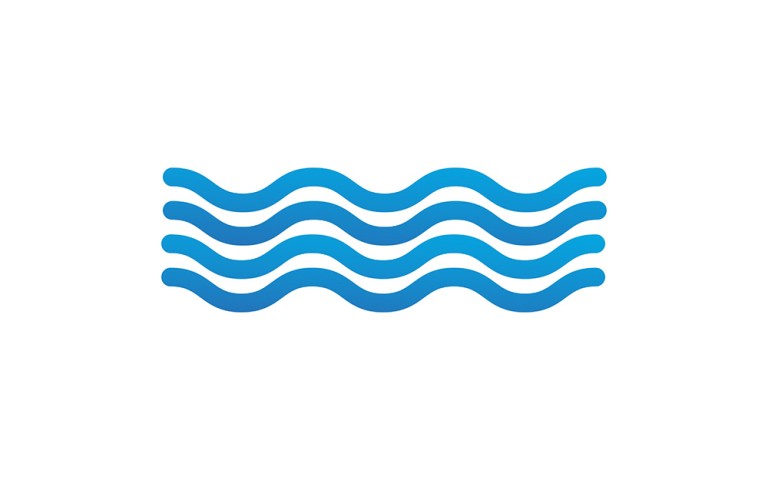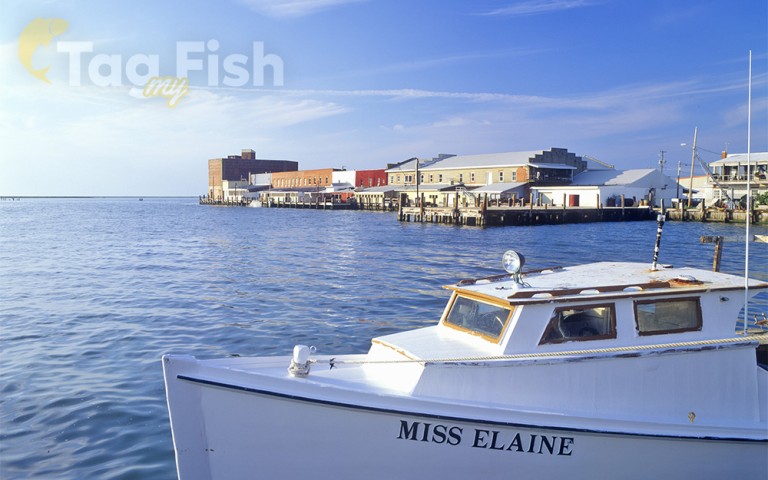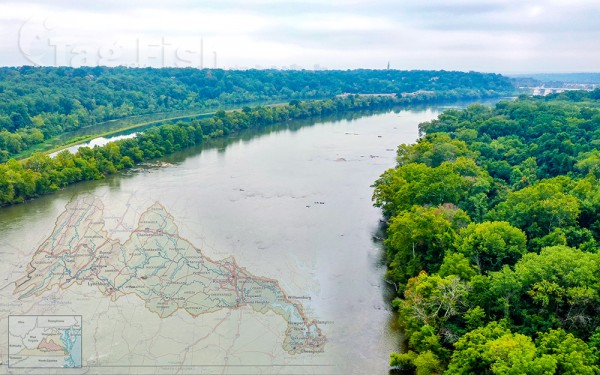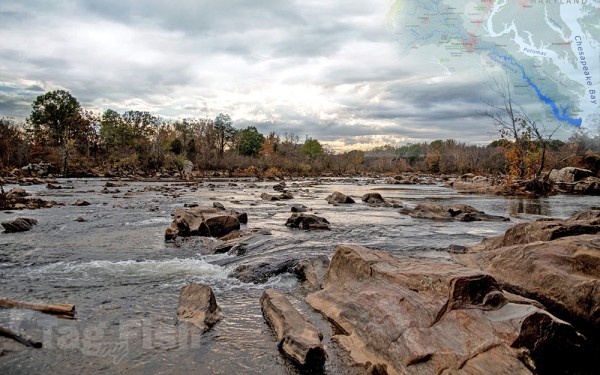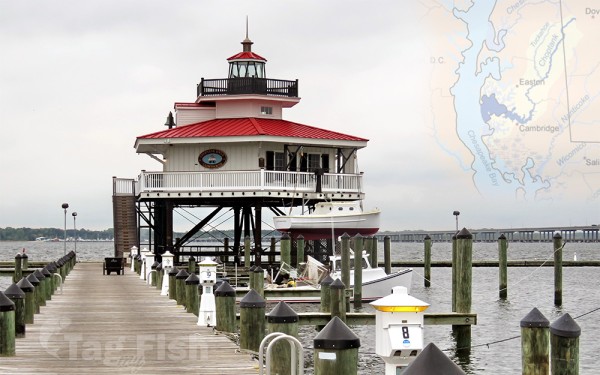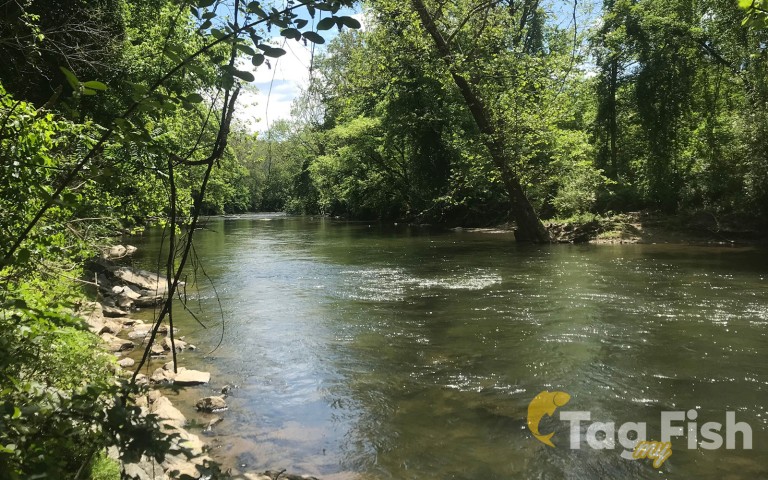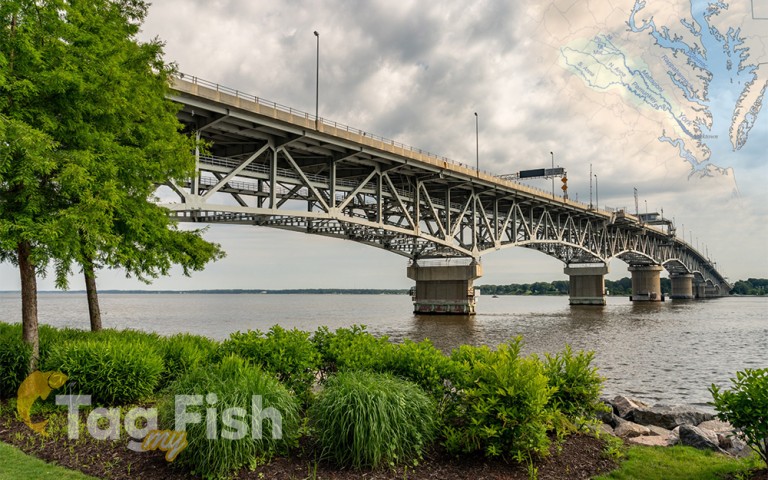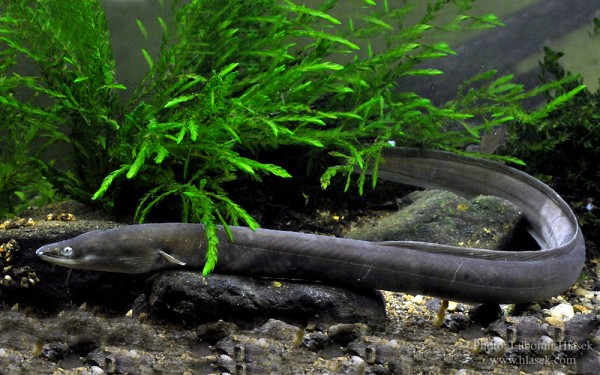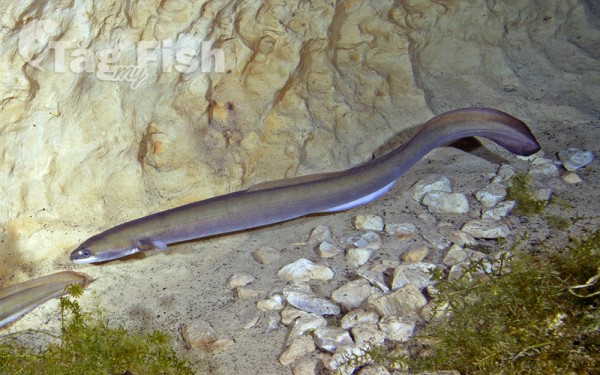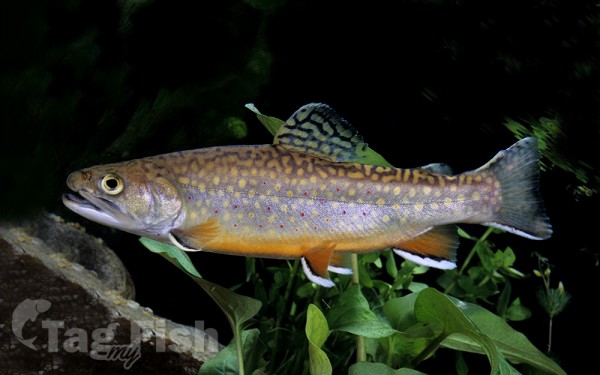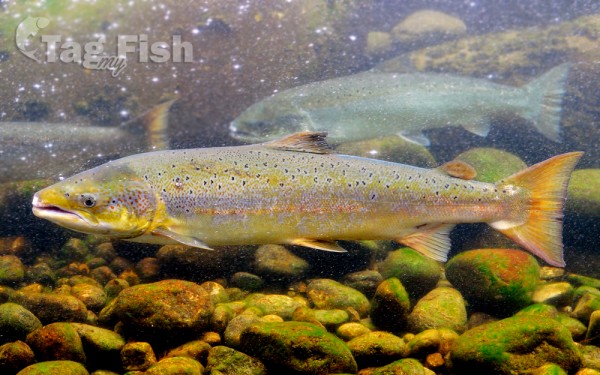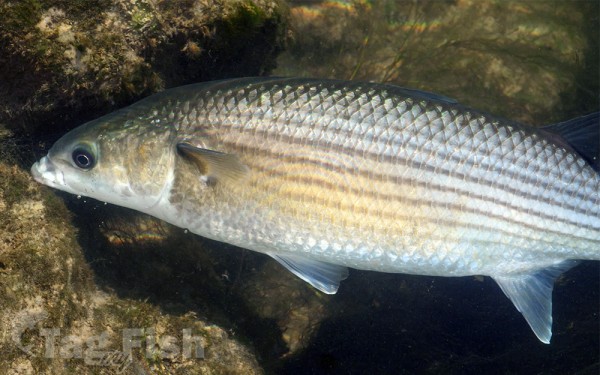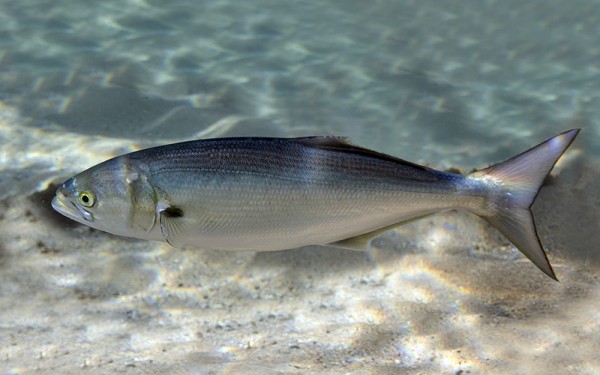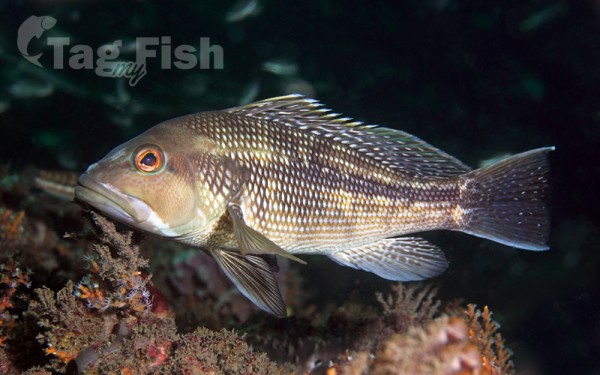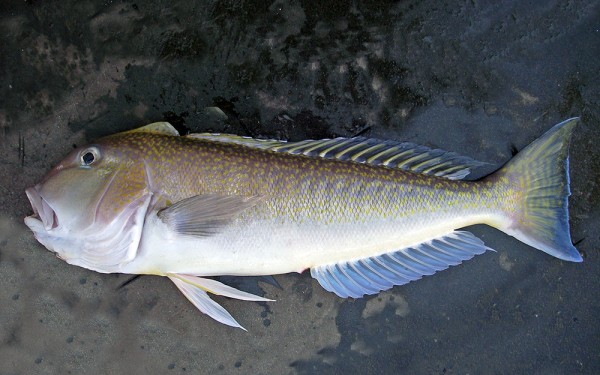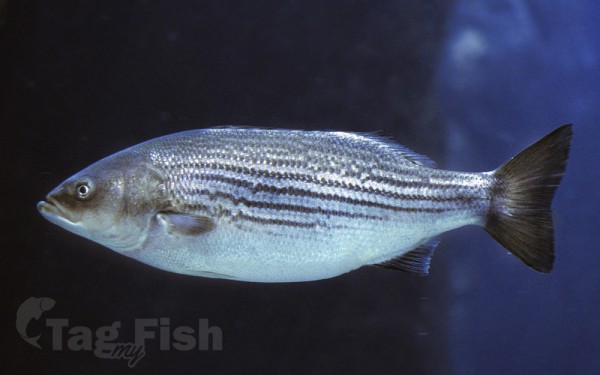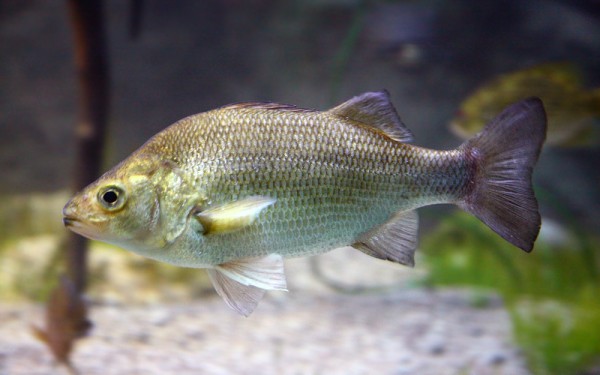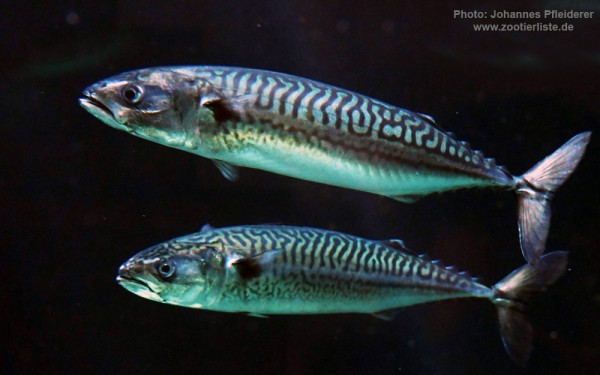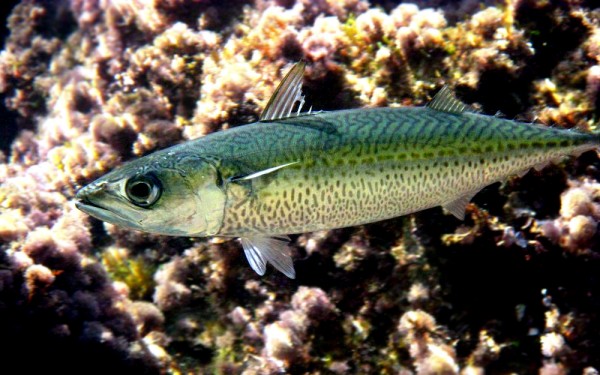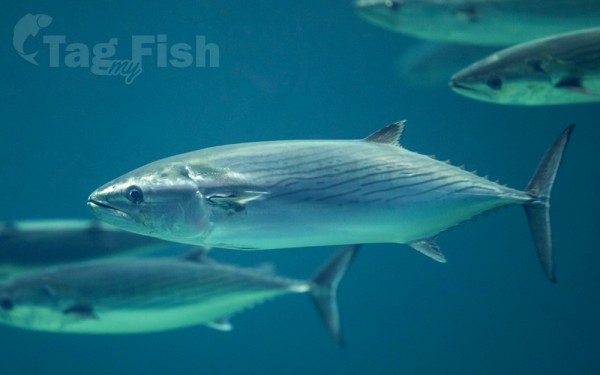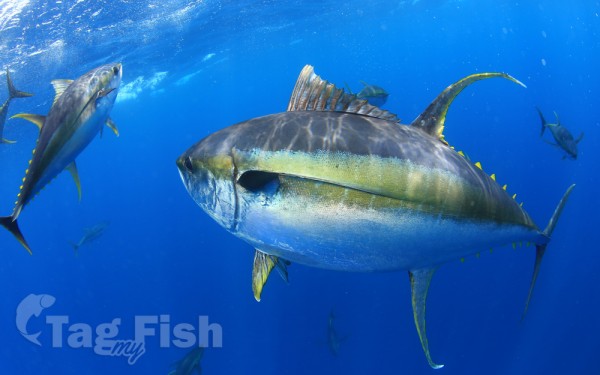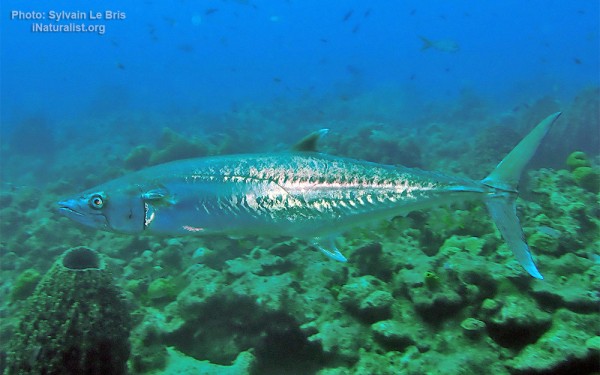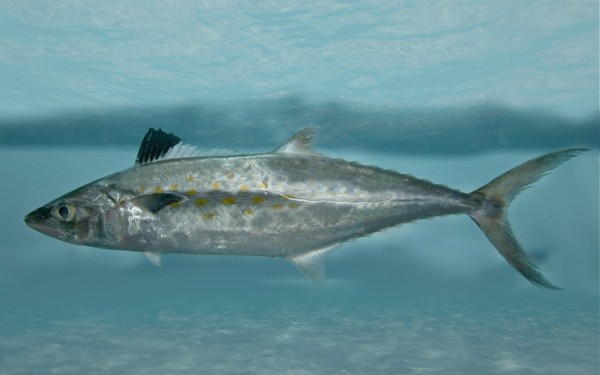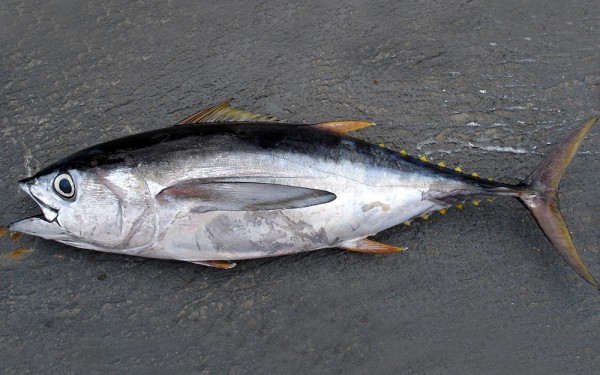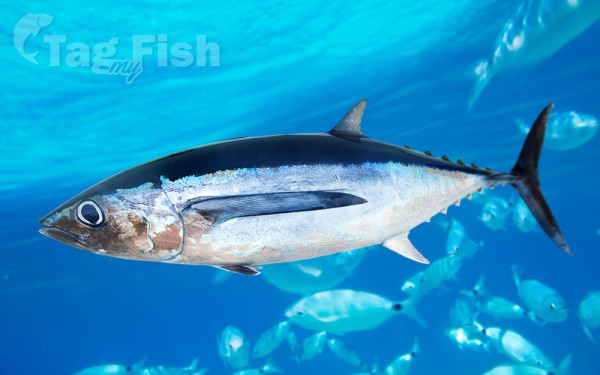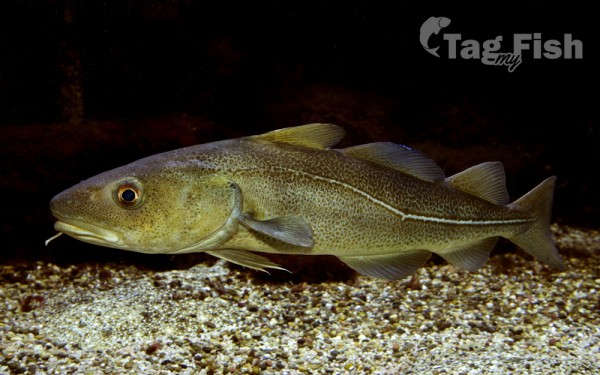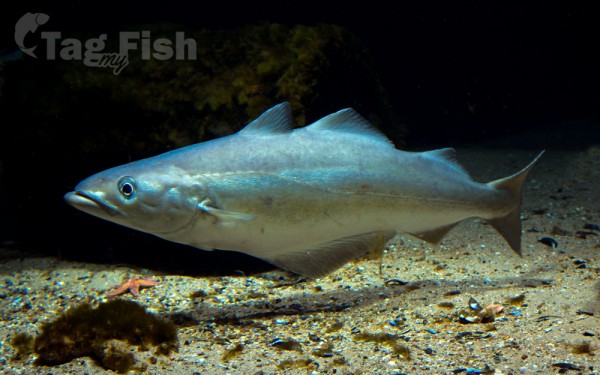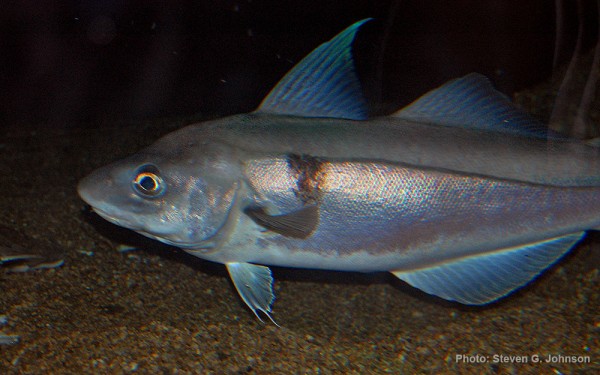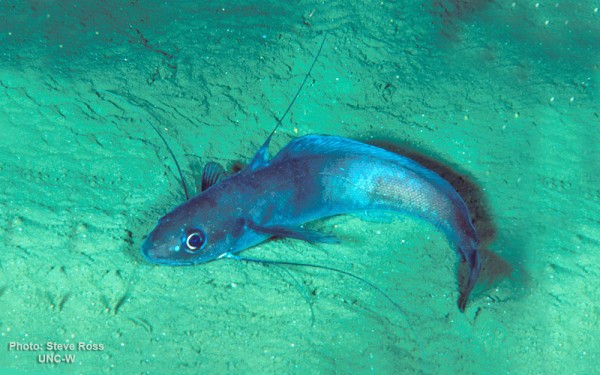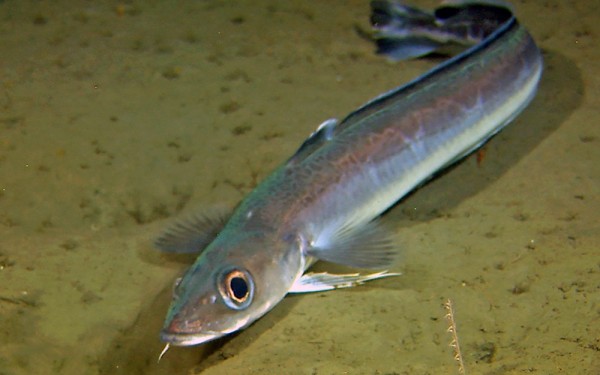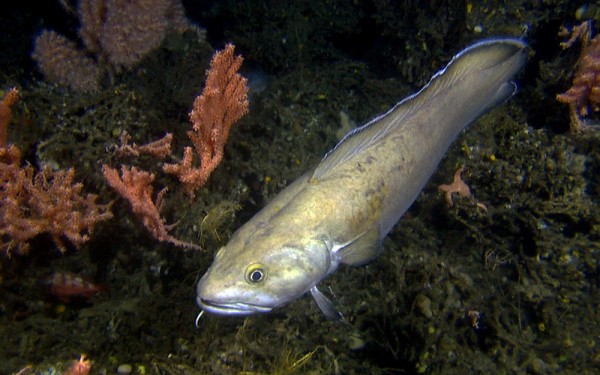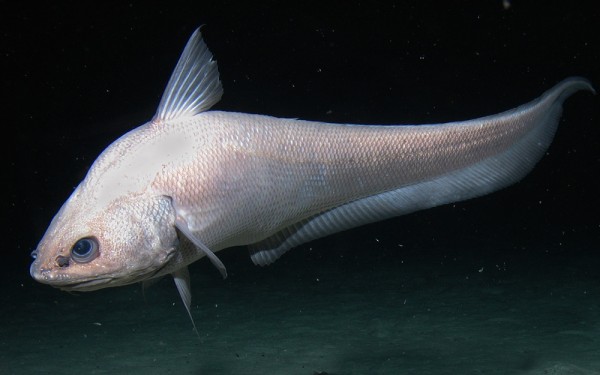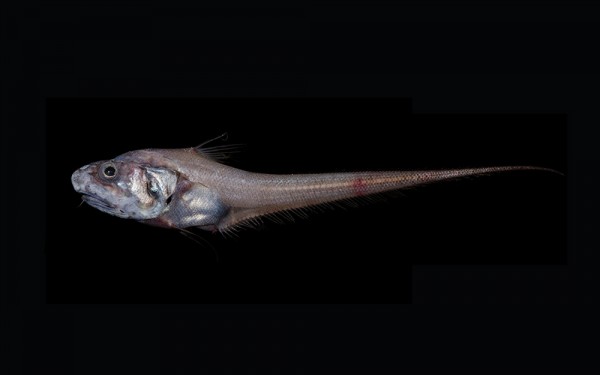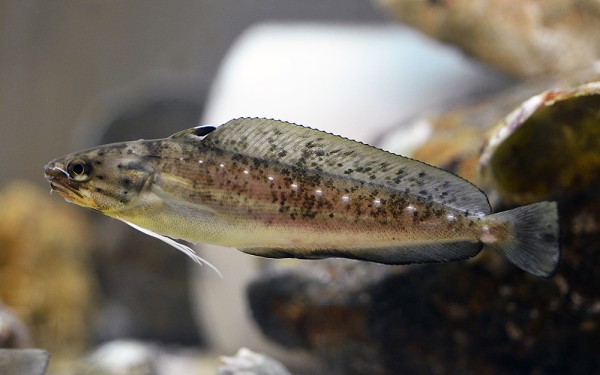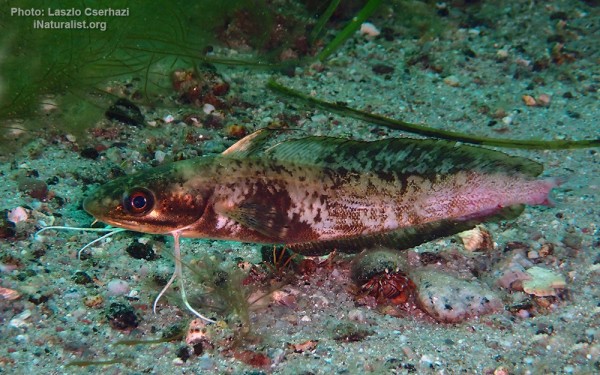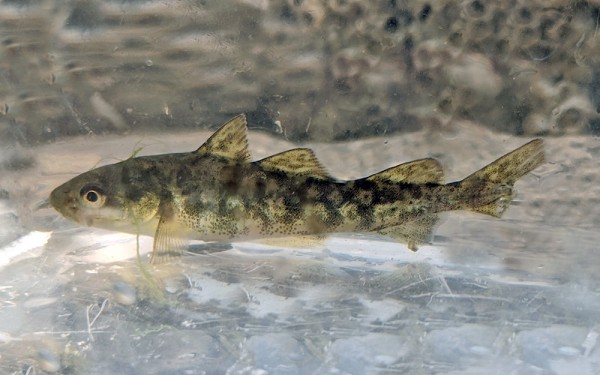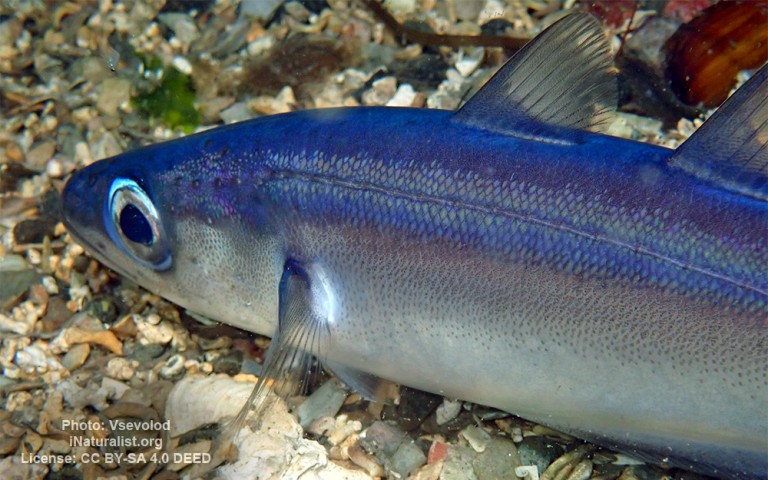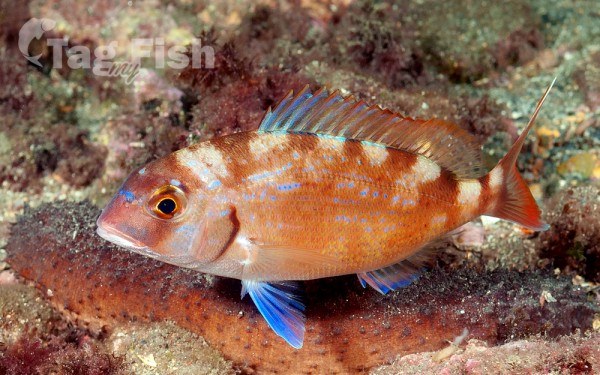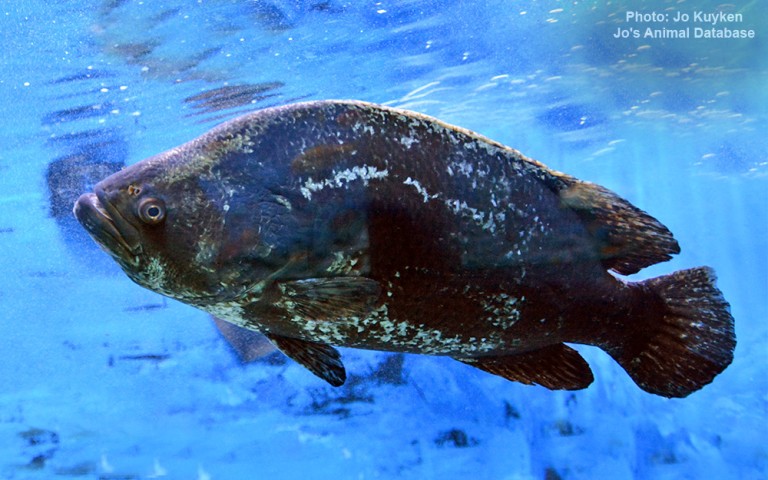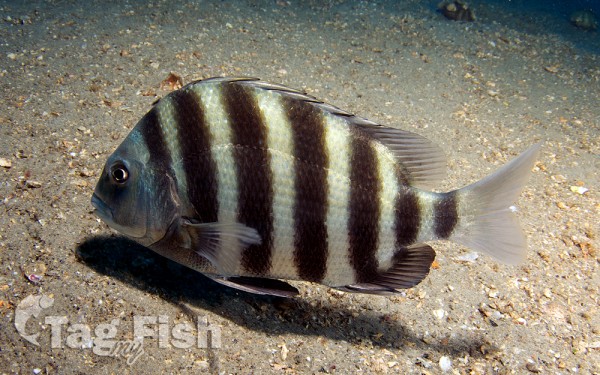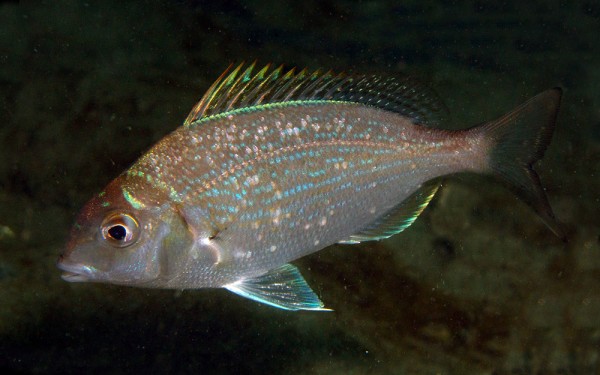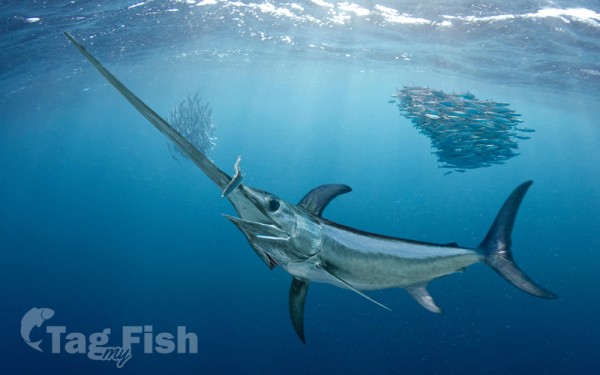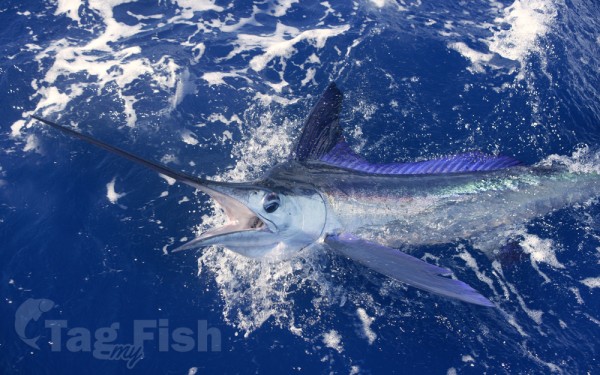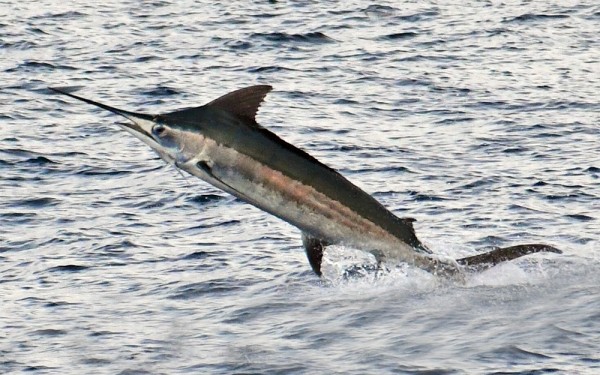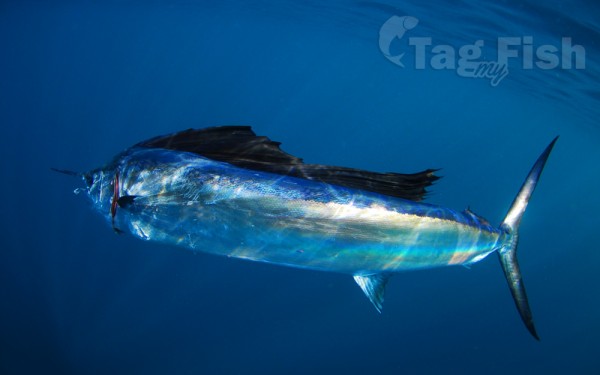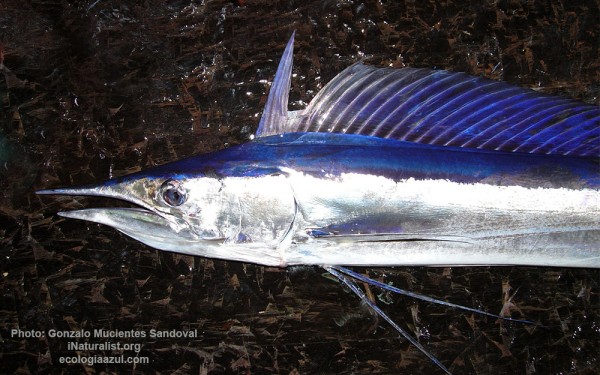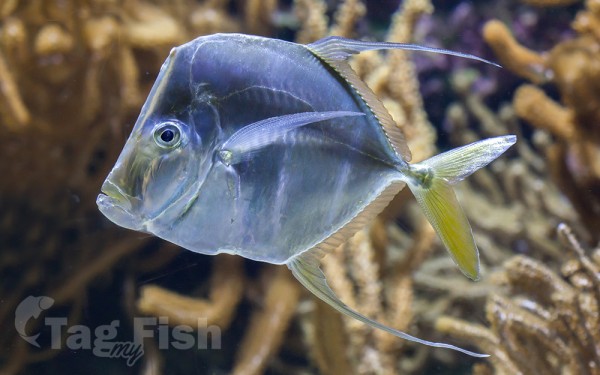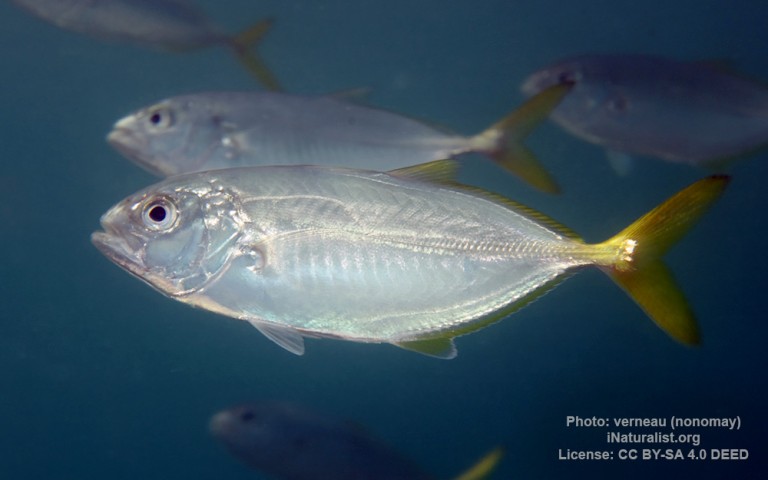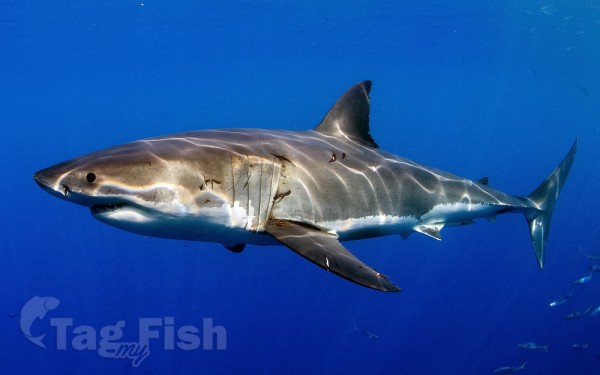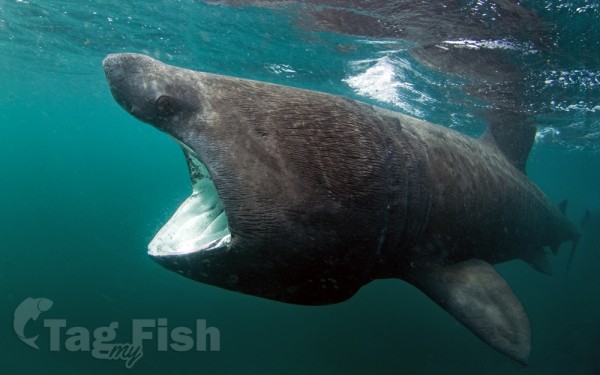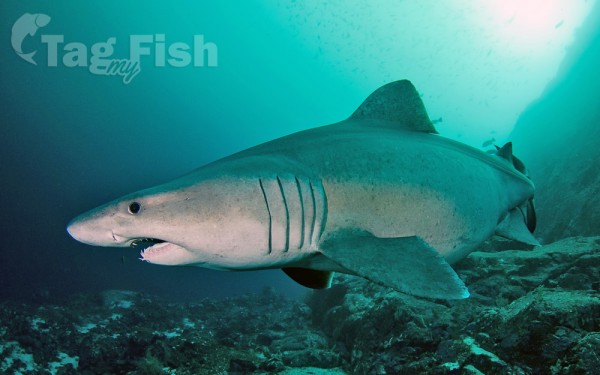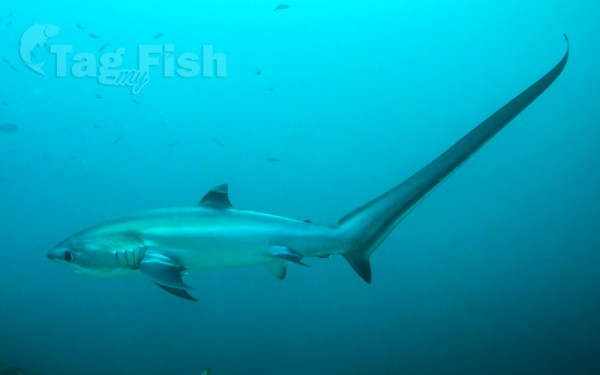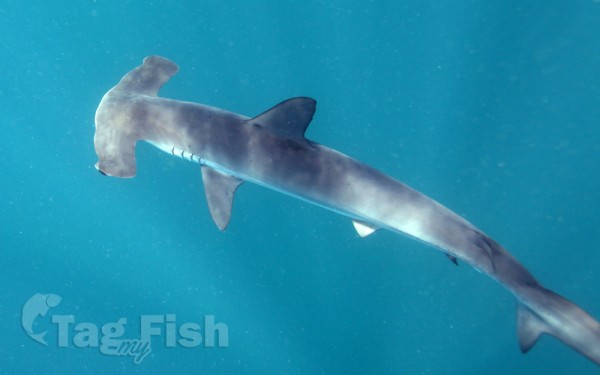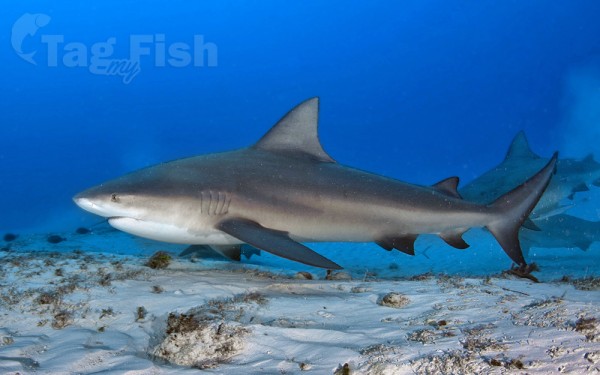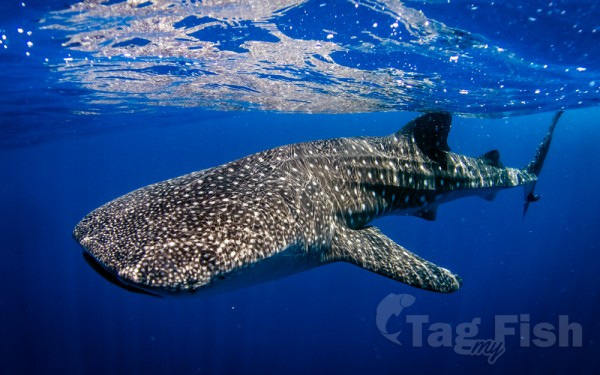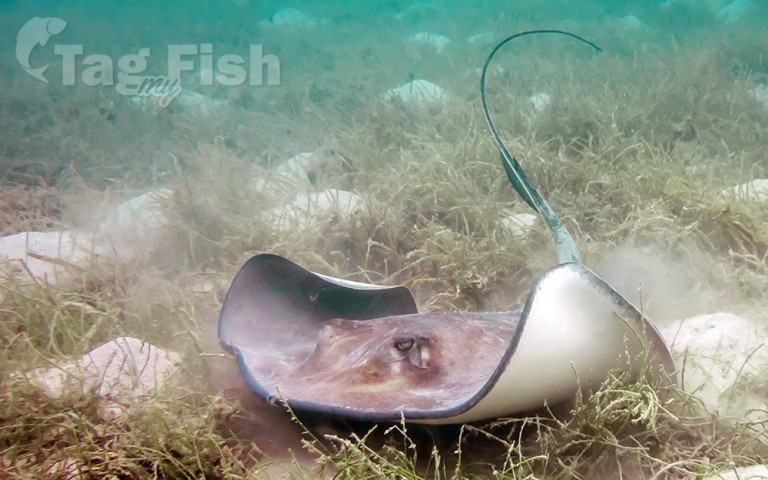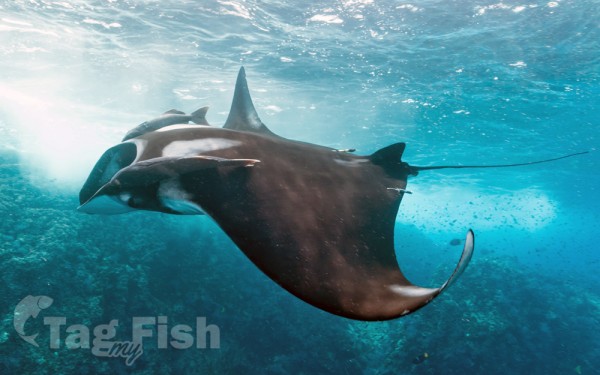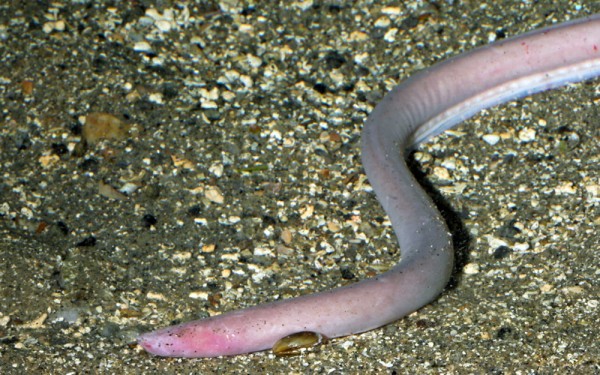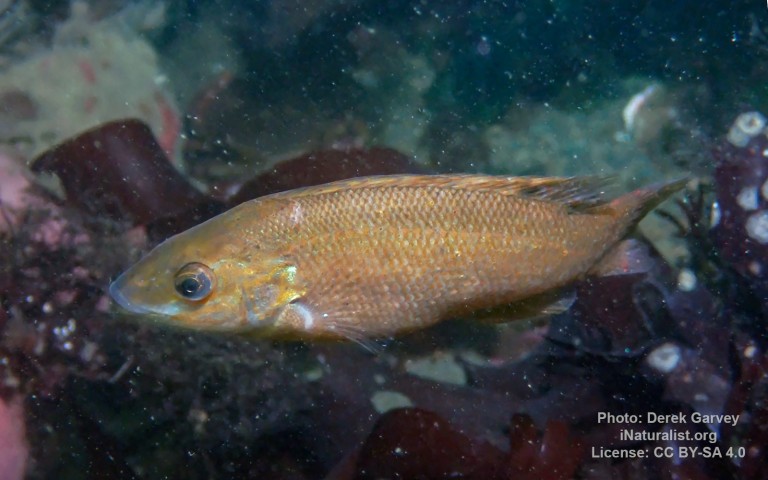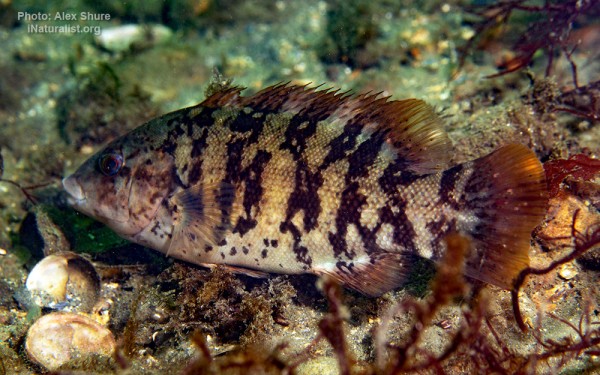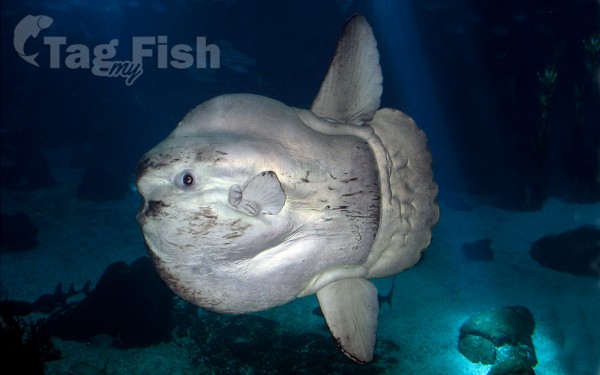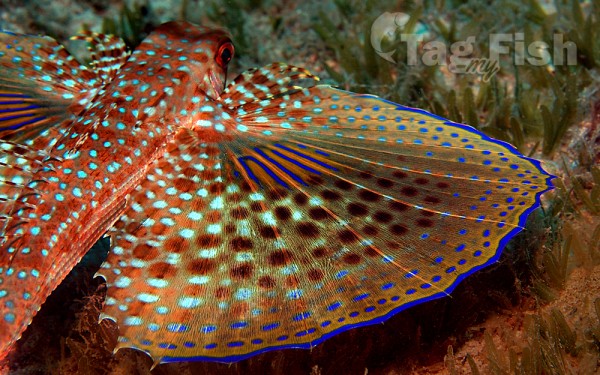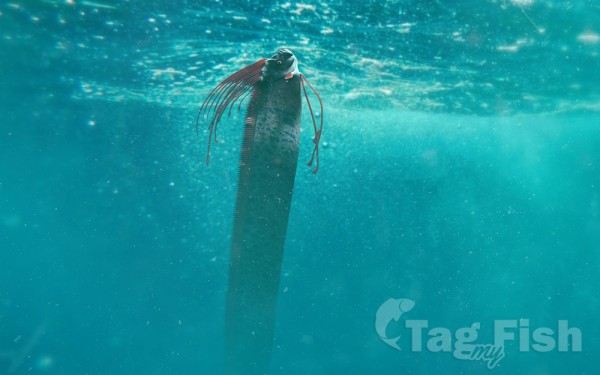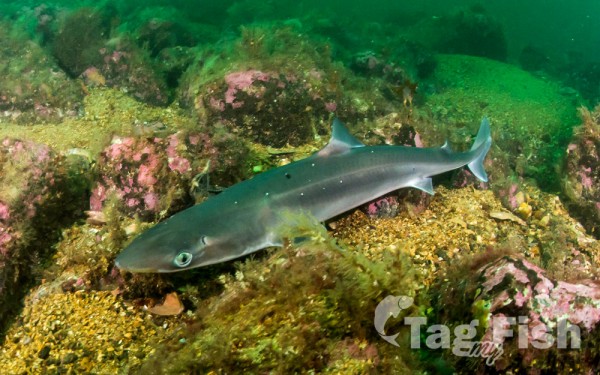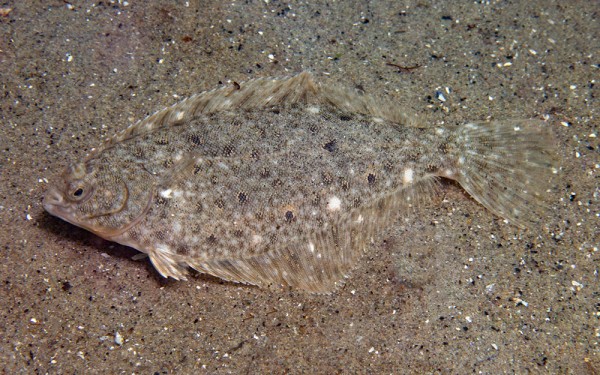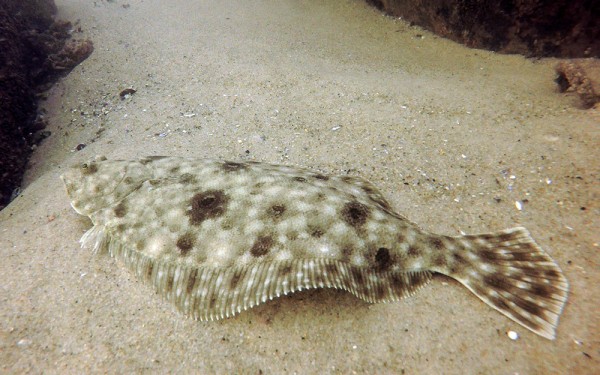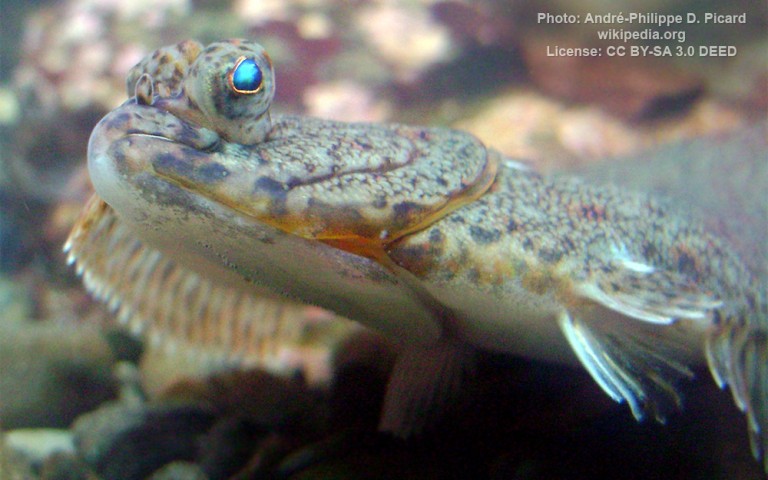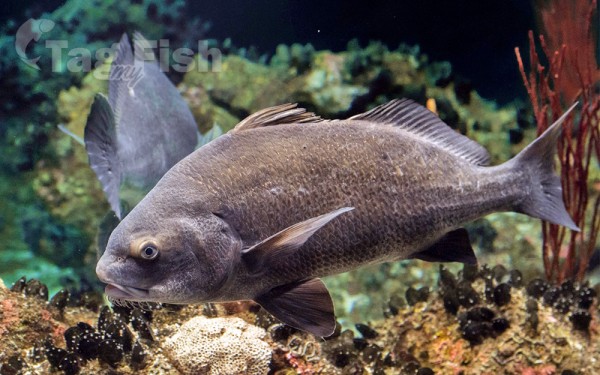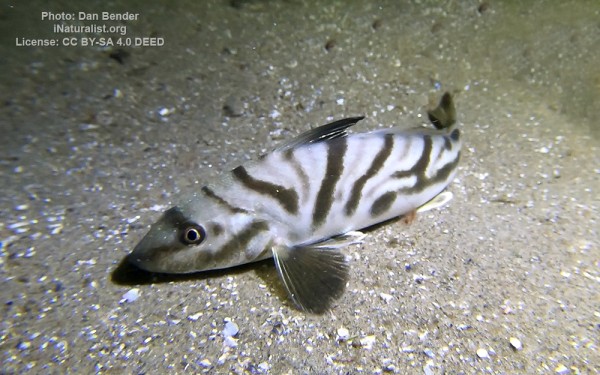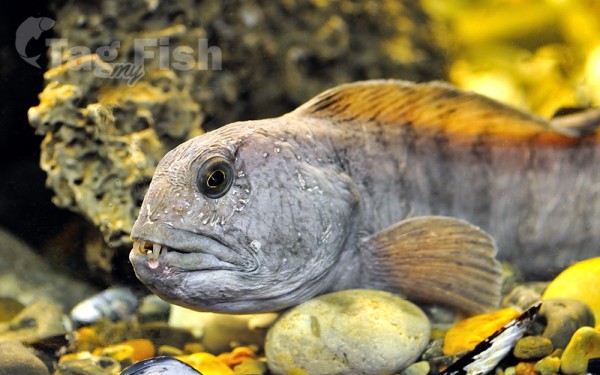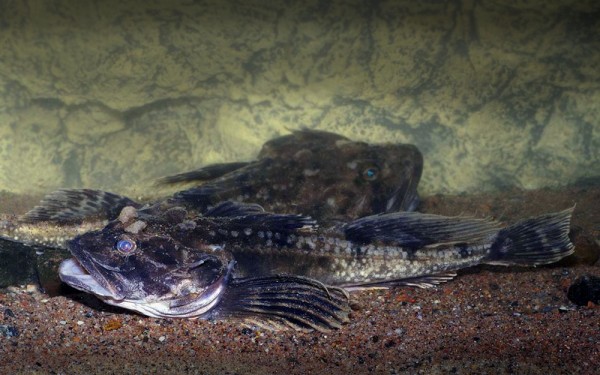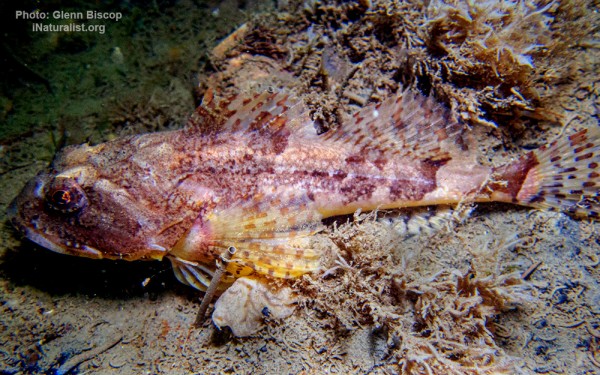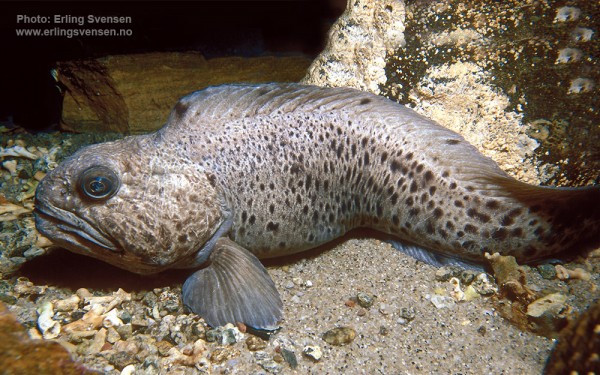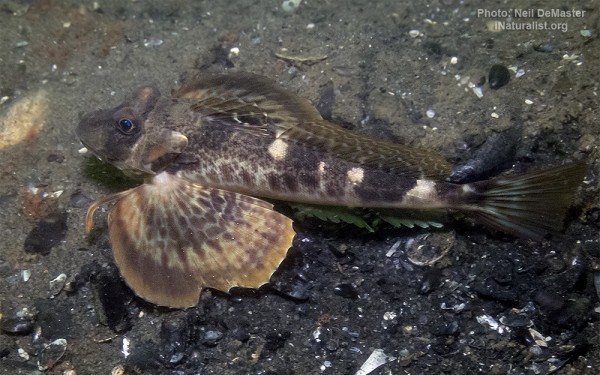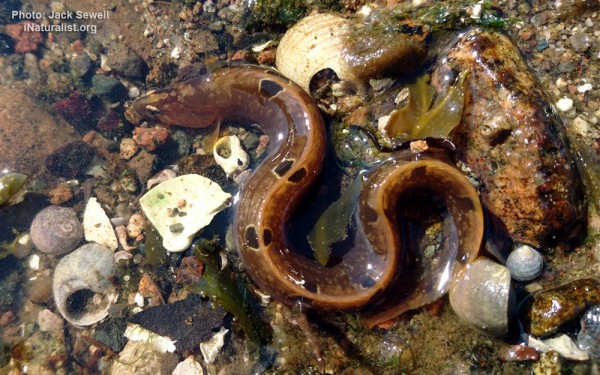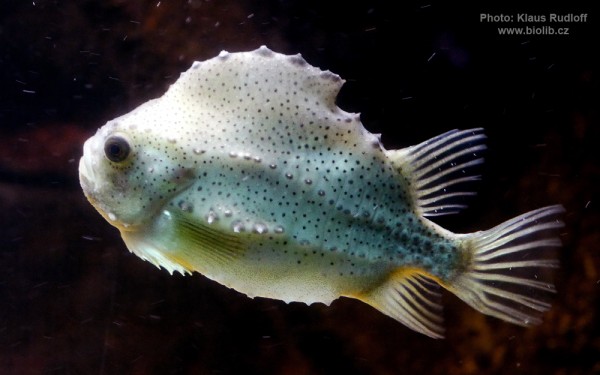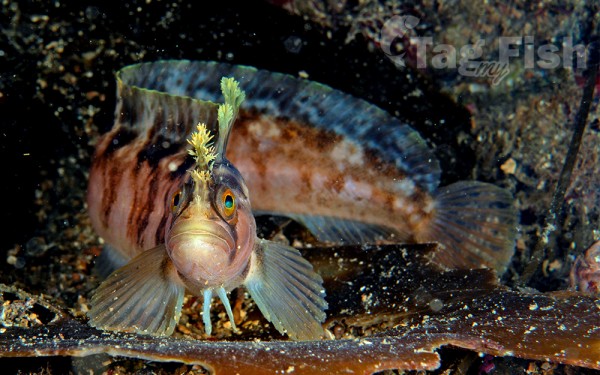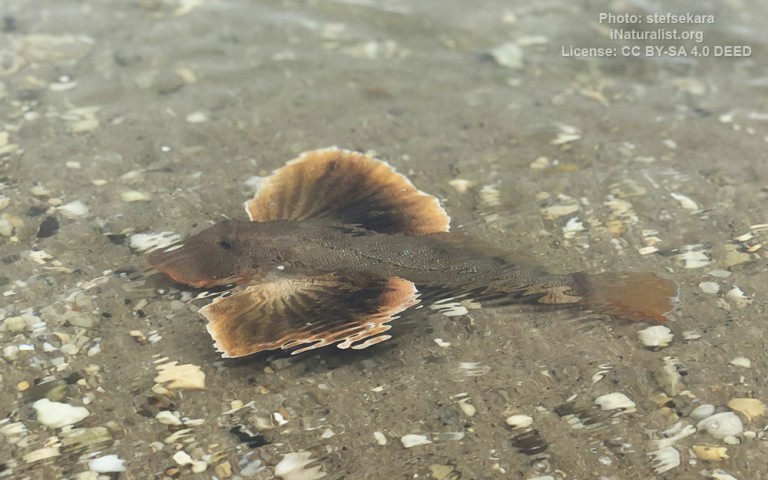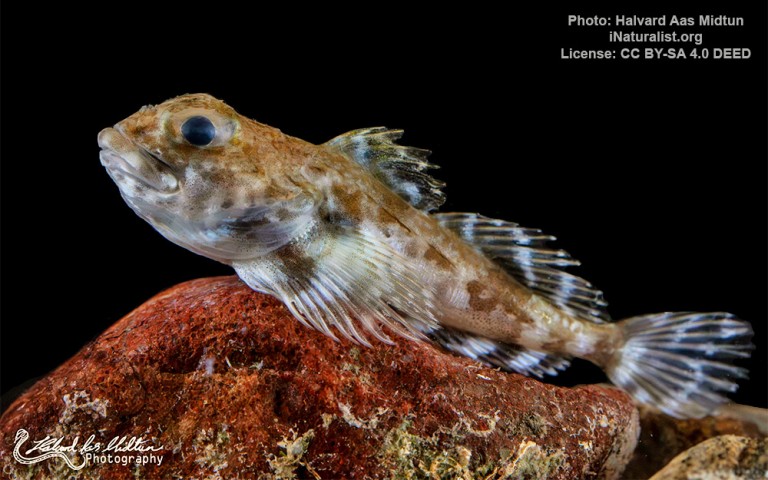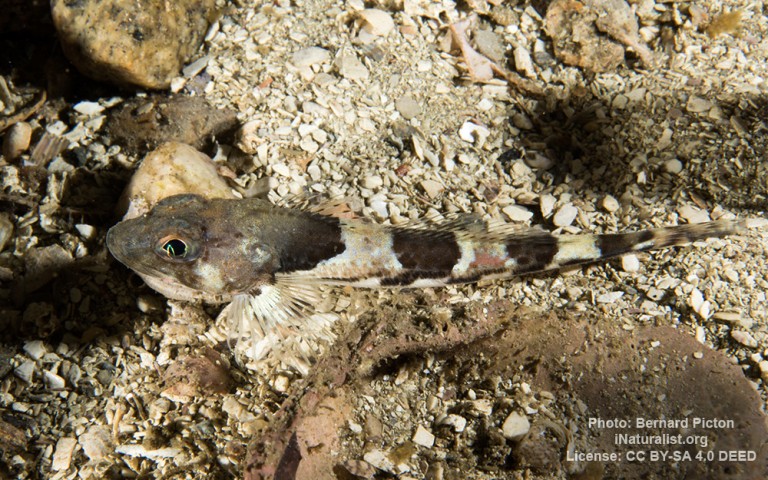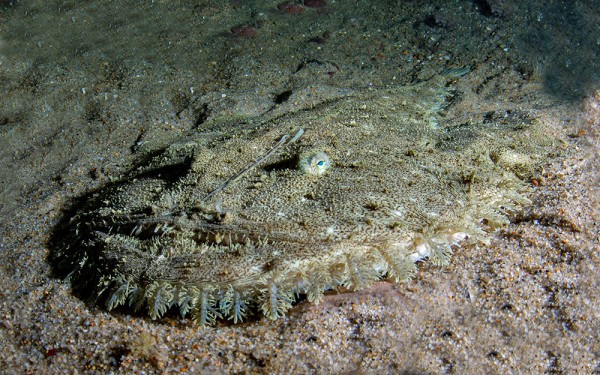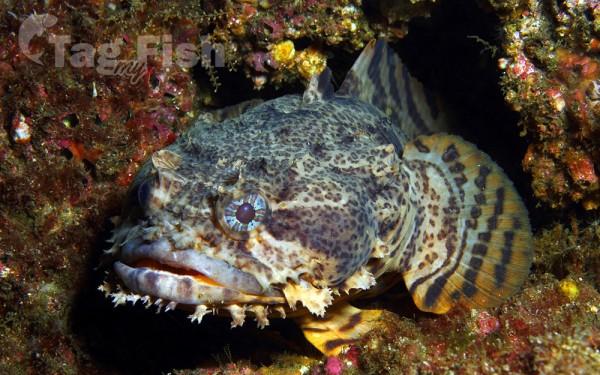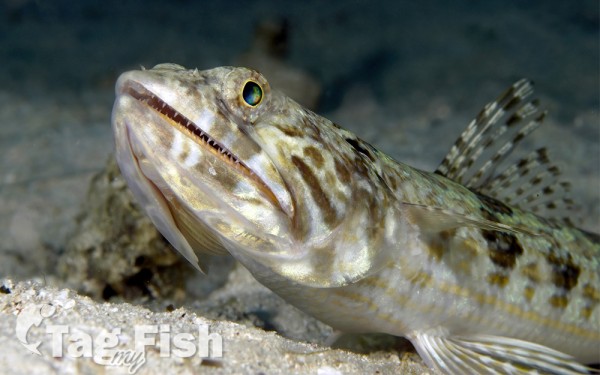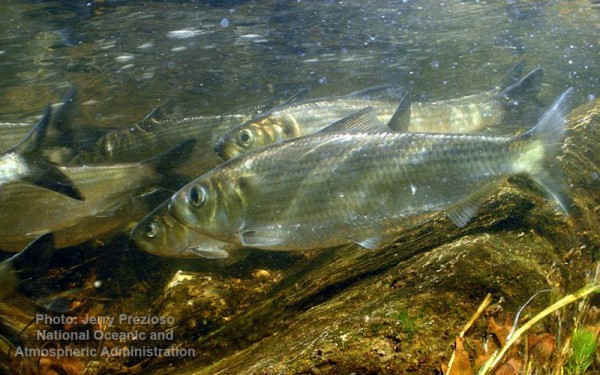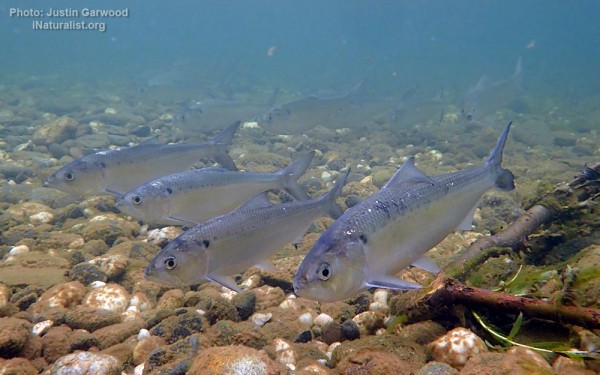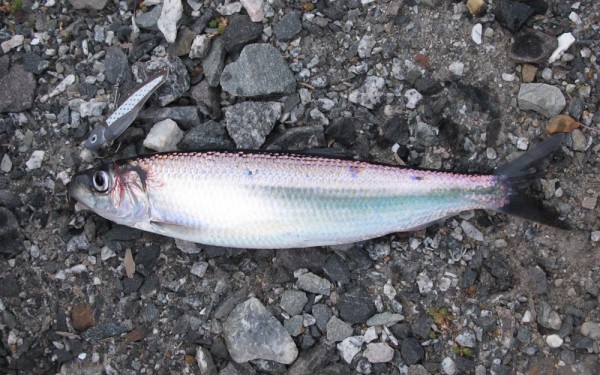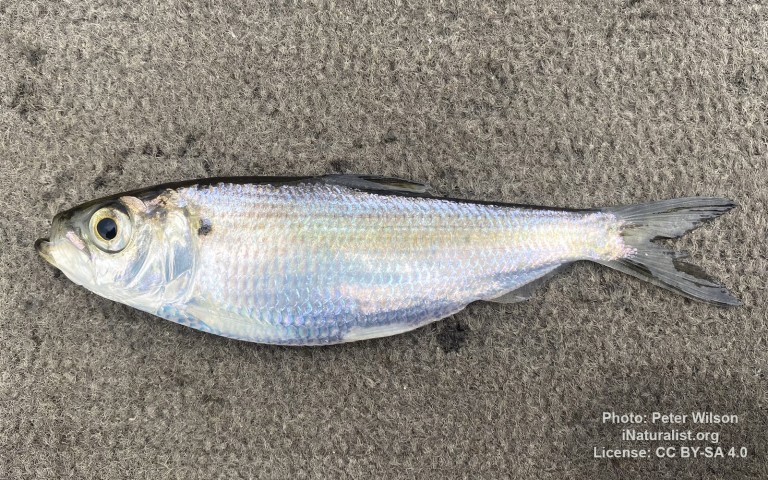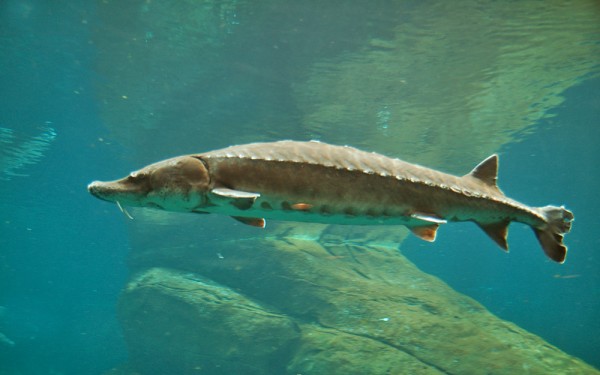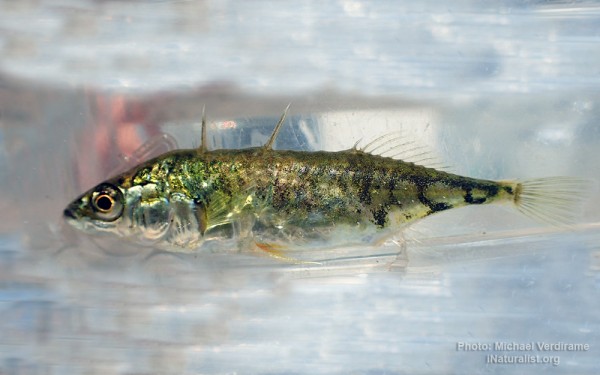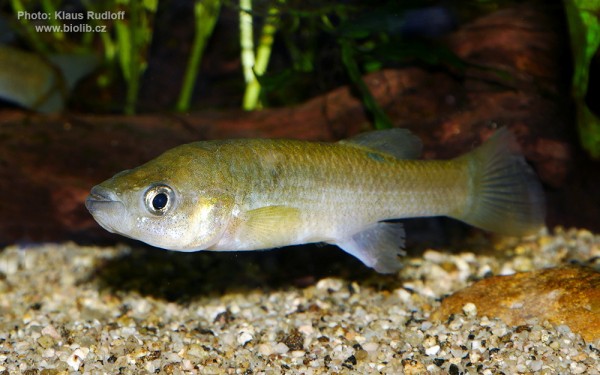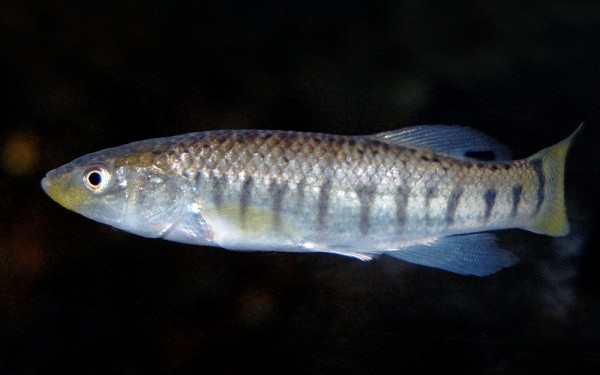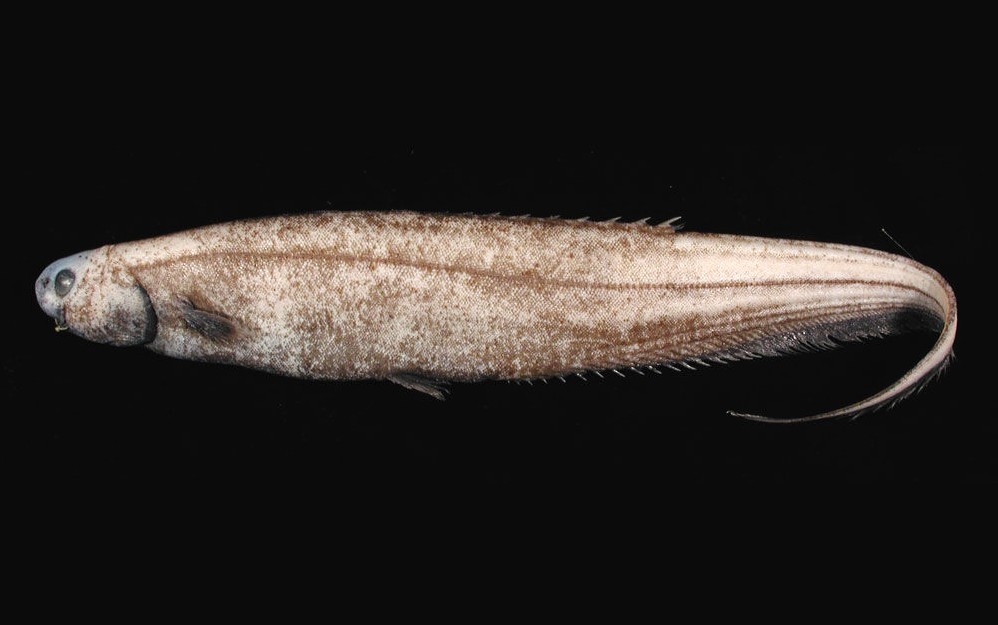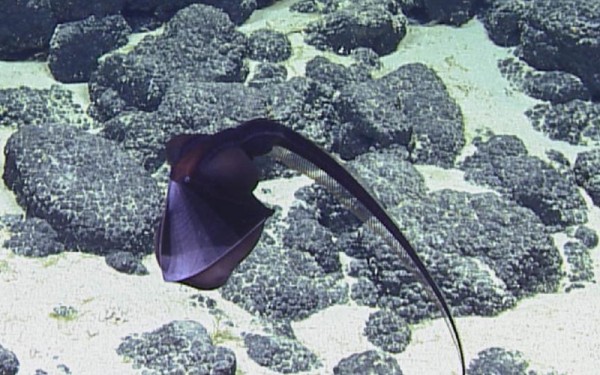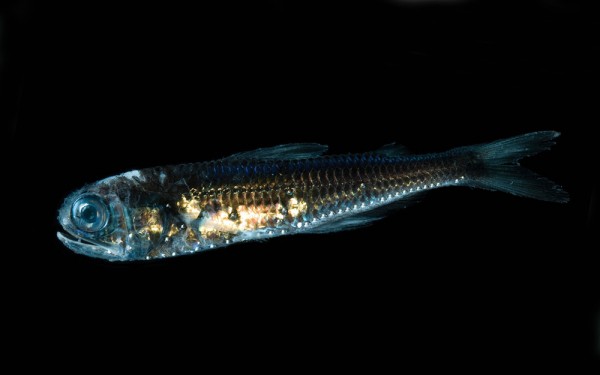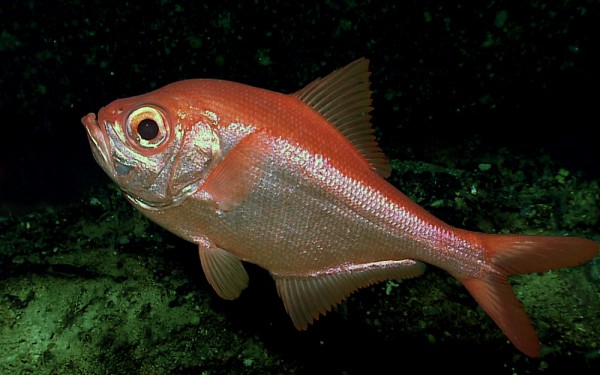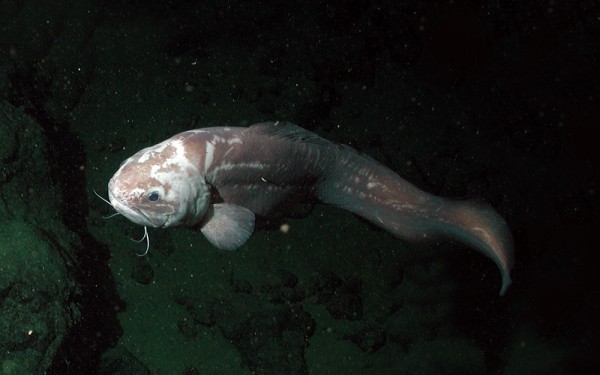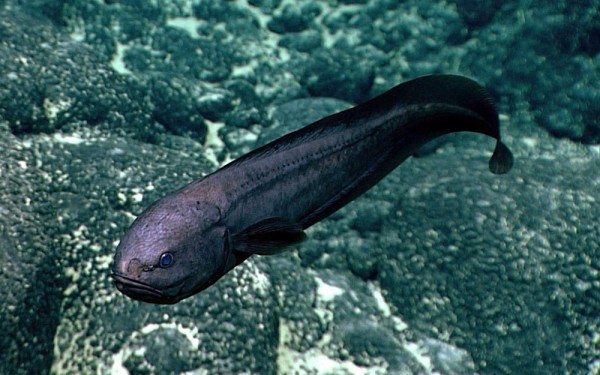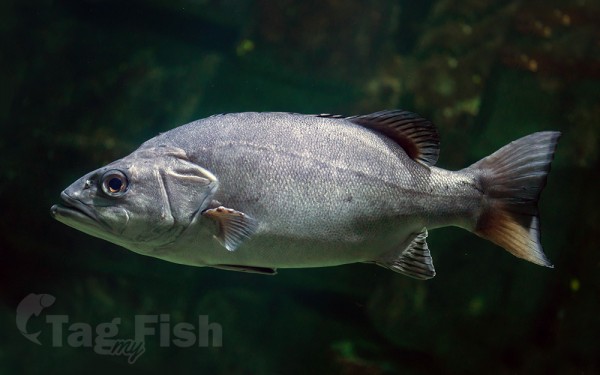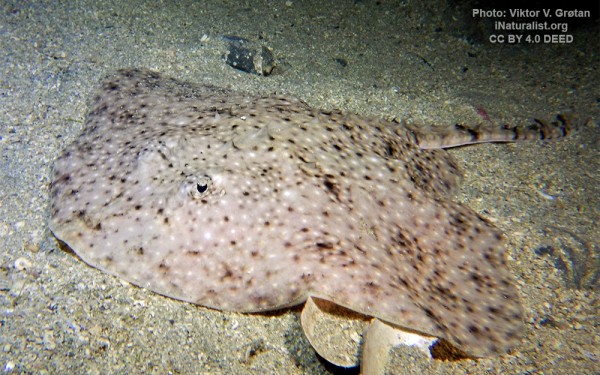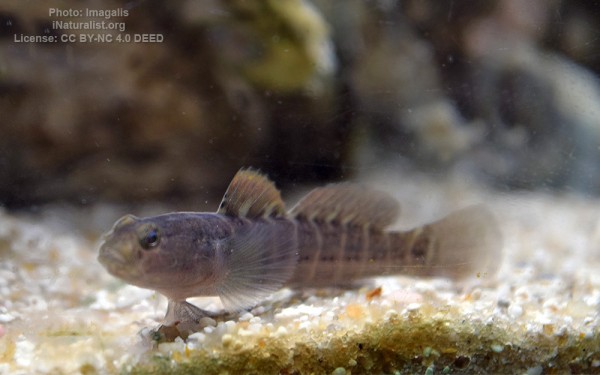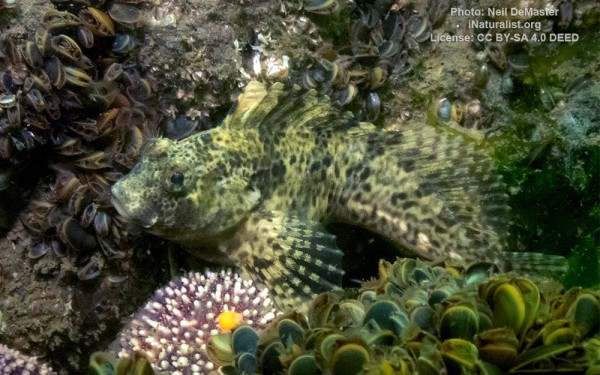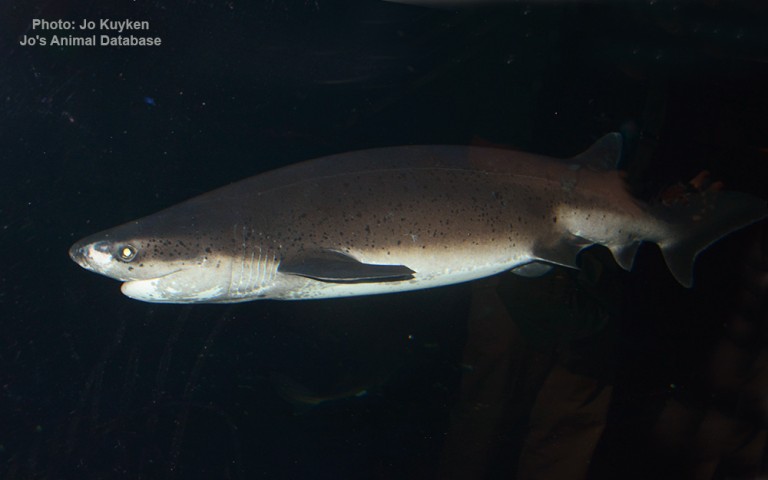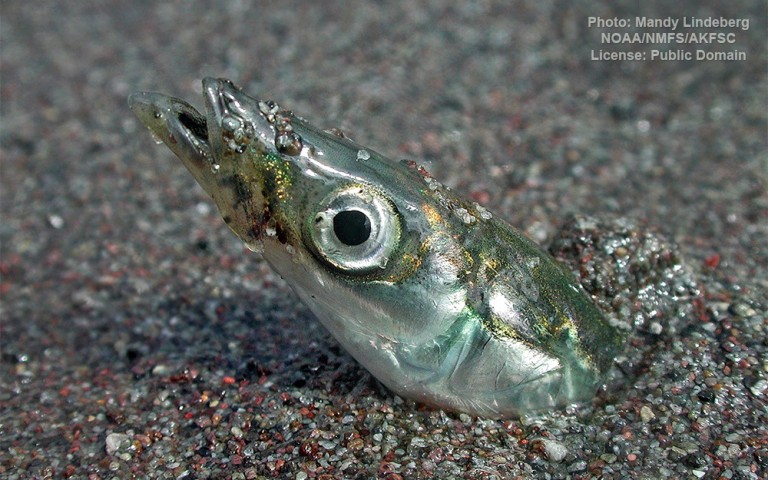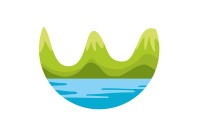Chesapeake Bay
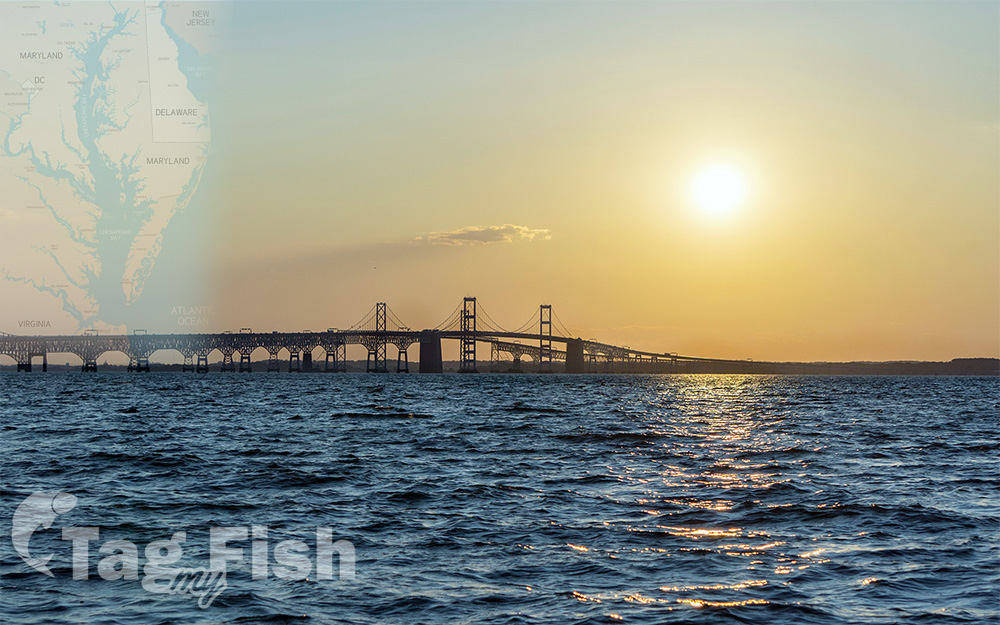
Bays
Largest tributaries
Estuaries
Anguilliformes - Eels and morays
Salmoniformes - Salmons and Trouts
Mugiliformes - Mullets
Perciformes - Perches
Moroniformes - Temperate basses
Scombriformes - Mackerels
Gadiformes - Cods
Spariformes - Breams and porgies
Carangiformes - Jacks
Lamniformes - Mackerel sharks
Carcharhiniformes - Ground sharks
Orectolobiformes - Carpet shark
Myliobatiformes - Stingrays
Myxiniformes - Hagfishes
Labriformes - Wrasses
Tetraodontiformes - Puffers and filefishes
Dactylopteriformes - Flying gurnards
Lampriformes - Lamprids
Squaliformes - Sleeper and dogfish sharks
Pleuronectiformes - Flatfishes
Acanthuriformes - Surgeonfishes
Scorpaeniformes - Mail-cheeked fishes
Lophiiformes - Anglerfishes
Batrachoidiformes - Toadfishes
Aulopiformes - Grinners
Clupeiformes - Herrings
Acipenseriformes - Sturgeons and Paddlefish
Gasterosteiformes - Sticklebacks
Cyprinodontiformes - Toothcarps
Notacanthiformes - Spiny eels
Saccopharyngiformes - Swallowers and Gulpers
Myctophiformes - Lanternfishes
Beryciformes - Sawbellies
Ophidiiformes - Cusk-eels
Acropomatiformes - Oceanic basses
Rajiformes - Skates and rays
Gobiiformes - Gobies
Blenniiformes - Blennies
Hexanchiformes - Six-gill sharks
Trachiniformes - Weeverfishes
The Chesapeake Bay is the largest estuary in the United States. The Bay is located in the Mid-Atlantic region and is primarily separated from the Atlantic Ocean by the Delmarva Peninsula (including the parts: the Eastern Shore of Maryland / Eastern Shore of Virginia and the state of Delaware) with its mouth of the Bay at the south end located between Cape Henry and Cape Charles.
With its northern portion in Maryland and the southern part in Virginia, the Chesapeake Bay is a very important feature for the ecology and economy of those two states, as well as others surrounding it within its watershed.
More than 150 major rivers and streams flow into the Bay.
The Bay is approximately 200 miles (320 km) long from its northern headwaters in the Susquehanna River to its outlet in the Atlantic Ocean. It is 2.8 miles (4.5 km) wide at its narrowest and 30 miles (48 km) at its widest. Total shoreline including tributaries is 11,684 miles (18,804 km), circumnavigating a surface area of 4,479 square miles (11,601 km2).
Average depth is 21 feet (6.4 m), reaching a maximum of 174 feet (53 m).
The Bay is spanned twice, in Maryland by the Chesapeake Bay Bridge from Sandy Point (near Annapolis) to Kent Island and in Virginia by the Chesapeake Bay Bridge–Tunnel connecting Virginia Beach to Cape Charles.
Hydrology
Because the Bay is an estuary, it has fresh water, salt water and brackish water. Brackish water has three salinity zones: oligohaline, mesohaline, and polyhaline. The freshwater zone runs from the mouth of the Susquehanna River to north Baltimore. The oligohaline zone has very little salt. Salinity varies from 0.5 ppt (parts per thousand) to 10 ppt, and freshwater species can survive there. The north end of the oligohaline zone is north Baltimore and the south end is the Chesapeake Bay Bridge. The mesohaline zone has a medium amount of salt and runs from the Bay Bridge to the mouth of the Rappahannock River. Salinity there ranges from 1.07% to 1.8%. The polyhaline zone is the saltiest zone, and some of the water can be as salty as sea water. It runs from the mouth of the Rappahannock River to the mouth of the Bay. The salinity ranges from 1.87% to 3.6%. (3.6% is as salty as the ocean.)
The climate of the area surrounding the Bay is primarily humid subtropical, with hot, very humid summers and cold to mild winters. Only the area around the mouth of the Susquehanna River is continental in nature, and the mouth of the Susquehanna River and the Susquehanna flats often freeze in winter. It is rare for the surface of the Bay to freeze in winter, something that happened most recently in the winter of 1976–77.
The Chesapeake Bay is the end point of over 150 rivers and streams. The largest rivers flowing directly into the Bay, in order of discharge, are:
- Susquehanna River
- Potomac River
- James River
- Rappahannock River
- York River
- Patuxent River
- Choptank River
Fauna
The Chesapeake Bay is home to numerous fauna that either migrate to the Bay at some point during the year or live there year-round. There are over 300 species of fish and numerous shellfish and crab species. Some of these include the Atlantic menhaden, striped bass, American eel, eastern oyster, Atlantic horseshoe crab, and the blue crab.
Birds include ospreys, great blue herons, bald eagles, and peregrine falcons, the last two of which were threatened by DDT; their numbers plummeted but have risen in recent years. The piping plover is a near-threatened species that inhabit the wetlands.
Larger fish such as Atlantic sturgeon, varieties of sharks, and stingrays visit the Chesapeake Bay. The waters of the Chesapeake Bay have been regarded as one of the most important nursery areas for sharks along the east coast. Megafaunas such as bull sharks, tiger sharks, scalloped hammerhead sharks, and basking sharks and manta rays are also known to visit.
Bottlenose dolphins are known to live seasonally/yearly in the Bay. There have been unconfirmed sightings of humpback whales in recent years. Endangered North Atlantic right whale and fin, and minke and sei whales have also been sighted within and in the vicinity of the Bay.
A male manatee visited the Bay several times between 1994 and 2011, even though the area is north of the species normal range.
Loggerhead turtles are known to visit the Bay.
